Lang Hall (1900)
Lang Hall is the oldest surviving classroom building on the University of Northern Iowa campus. For most of its history it was known as the Auditorium Building or, in more recent years, Old Aud. On September 8, 1994, the Board of Regents voted to name the Auditorium Building to honor William C. Lang.
Professor Lang was a member of the UNI faculty from 1949 through 1978, when he retired. He first taught history and was the Head of the Department of Social Sciences from 1955 through 1959. He then served as Dean of the College and later Dean of Instruction before becoming Vice President for Academic Affairs. After he resigned from that position in 1970, he again taught history until retirement. During his retirement, he co-authored the two-volume centennial history of UNI, A Century of Leadership and Service.
When he made his recommendation to the Regents to name the building for Professor Lang, President Curris said:
" . . . for all his years of administrative accomplishments, learning and teaching remained Dr. Lang's first loves . . . Faculty members frequently sat in on his classes in an attempt to learn both history and pedagogy from Dr. Lang . . . and the University's strong tradition of requiring all students to take the one-year humanities sequence in large part originates from Dr. Lang's teaching of this course."
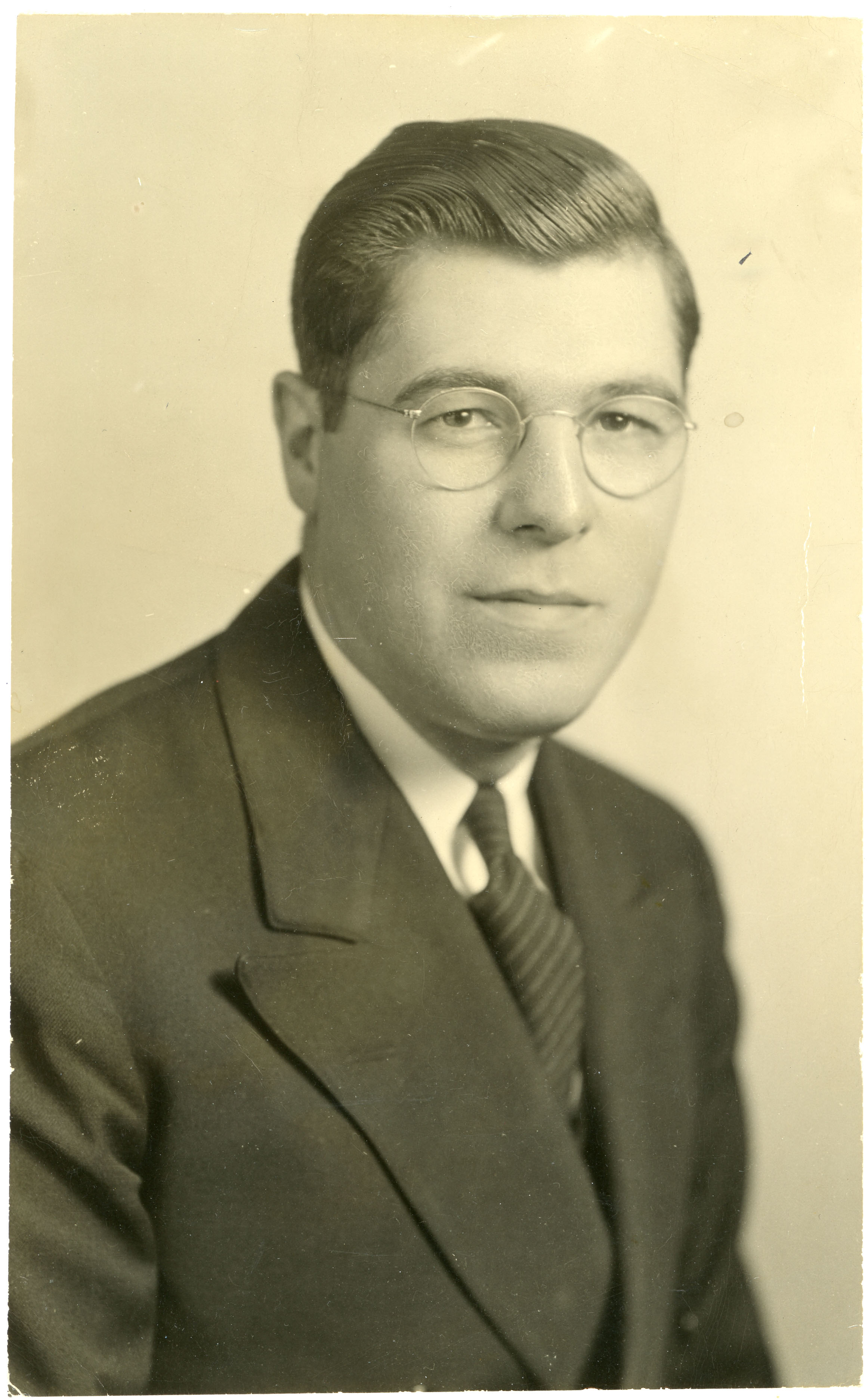
Regent Betty Jean Furgerson noted, "He was a wonderful human being . . . He was my mentor. He was my unofficial advisor. And throughout my life . . . I continued to receive nice notes and telephone calls from him." The formal dedication of the Auditorium Building to honor Professor Lang took place on May 6, 1995. President Curris, former President Maucker, and Professor Donald Whitnah spoke at the dedication.
Lang Hall is noted for its bas-relief reproductions of commemorative plaques from the Soldier's and Sailor's Monument in Des Moines. The bas-reliefs were originally hung in the Old Administration Building, but are now located in Lang Hall.
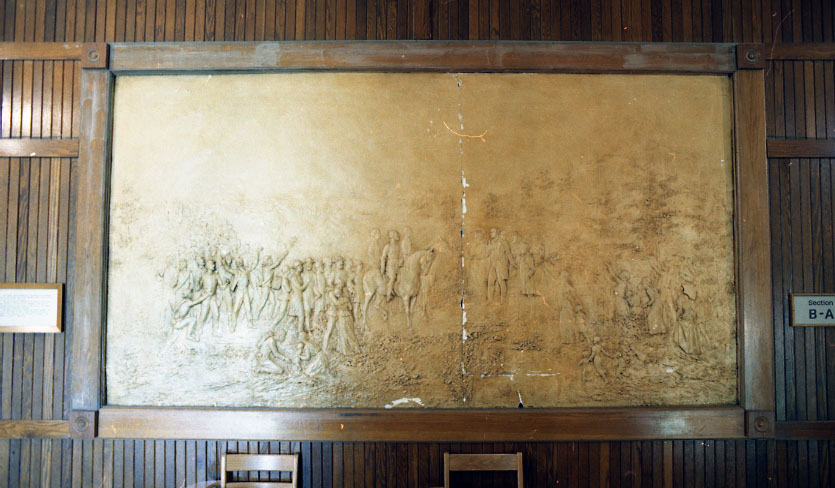
Construction began on the building in 1900. In 1901, eighteen rooms were ready for classes and the building was completed by December 1901. The architects for this $120,000 building were Proudfoot and Bird. Lang Hall was designed with three floors and a basement. It contained a two thousand-seat auditorium, a gymnasium, fifty classrooms, and literary society halls.
The south end of Lang Hall was connected to the north side of the Old Administration Building by a structure known as the Crossroads. It served generations of students as a place to meet, vote in campus elections, pick up the student newspaper, and socialize between classes.

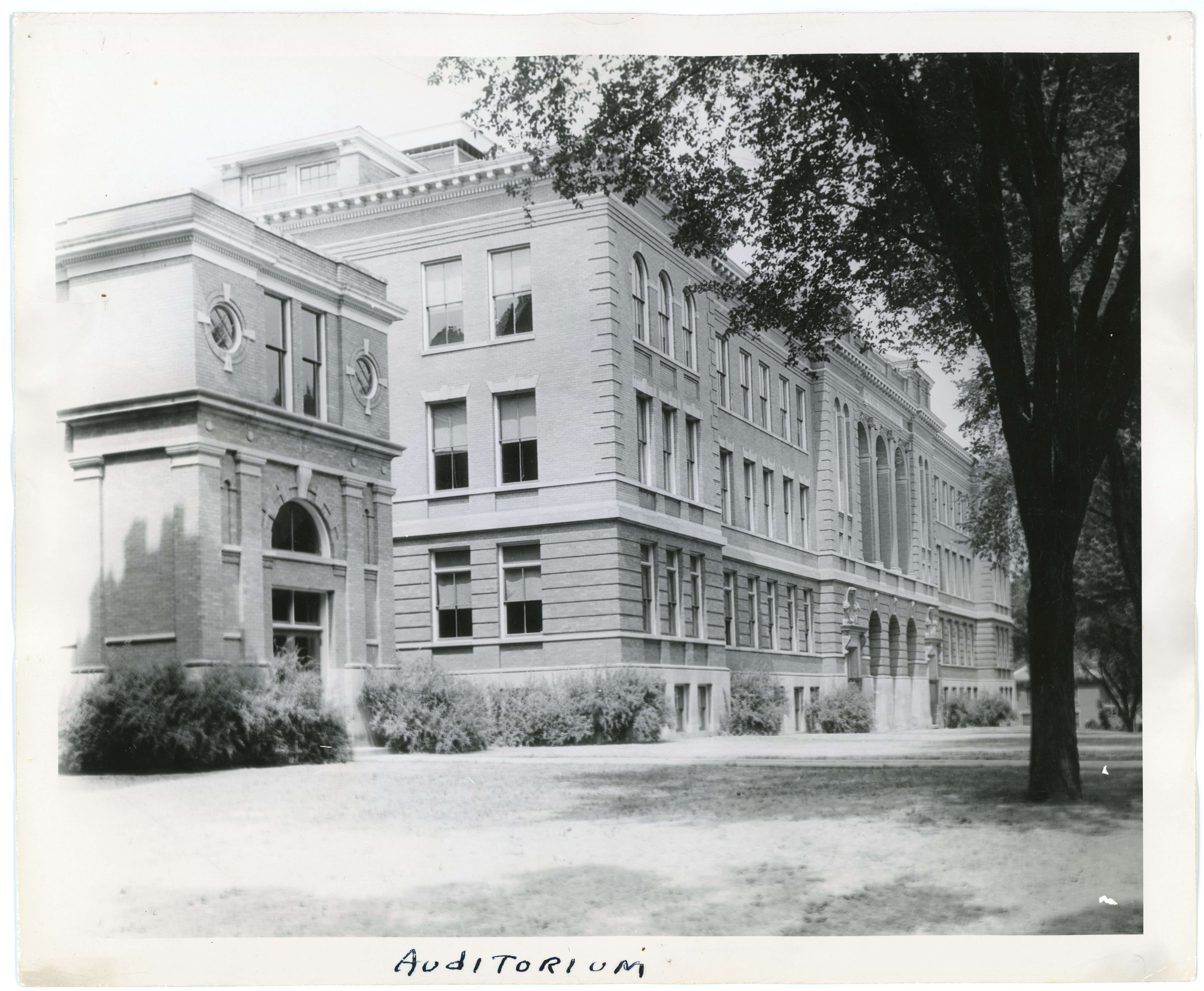
When the hall initially opened, the Training School, predecessor of the Laboratory School, had classrooms in the north wing. An architectural remnant of the Training School presence is the low risers on the steps in the north stairwell. In 1953, a drama shop and additional dressing rooms were added to the west side of the building.

Over the years, classes in many subjects, particularly in the liberal arts, were held in Lang Hall. In addition, internationally-renowned actors and musicians performed on the auditorium stage. In 1978, the Speech Department moved from Lang Hall into the new Communication Arts Center, although the Radio-TV Division stayed behind. The campus radio stations KUNI and KHKE also moved. The Departments of English and Modern Languages took over the vacated office and classroom space. The Anthropological Resource Center, the Electronic Media Division, and the Department of Military Science were also located in Lang Hall at one time. However, its classrooms were used by many departments on campus.

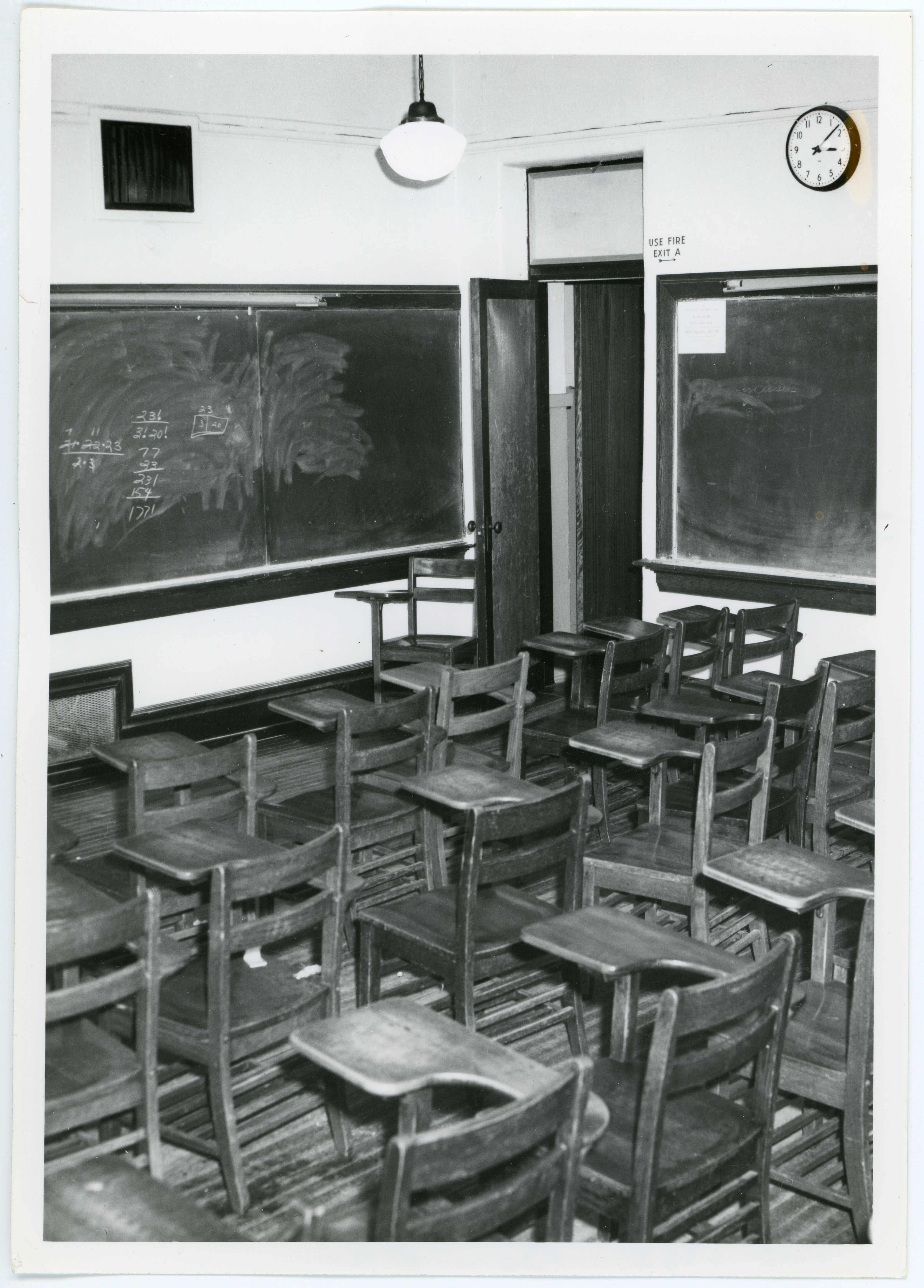
In the summer of 1979, $75,000 worth of roof repairs were completed on Lang Hall, and a $5,000 guest artist room was created as well. In May 1986, the Regents approved a $485,000 project to renovate the auditorium in the building and repair other rooms.
By the late 1980s and early 1990s, Lang Hall had become the target of frequent student and faculty complaints. They commented on the warped floors, noisy radiators, and the faulty clock system. In July 1995, the Board of Regents included $1 million on its capital budget request list for planning the renovation of Lang Hall and $9.1 million for the renovation work itself. On February 1, 1996, a projector screen in Room 128 came loose and hit Professor Calvin Thomas on the head during a class lecture. Thomas was not injured seriously and was able to return to class by the next week. The incident crystallized the perilous state of repair of certain parts of Lang Hall. Matthew Brooks, a student in Thomas's class, wrote in the Northern Iowan, "I challenge the administration to start renovations on Lang immediately. At least, the building should be safety-inspected and all perceived hazards remedied." The issue remained a matter of concern in student government in the spring of 1996.
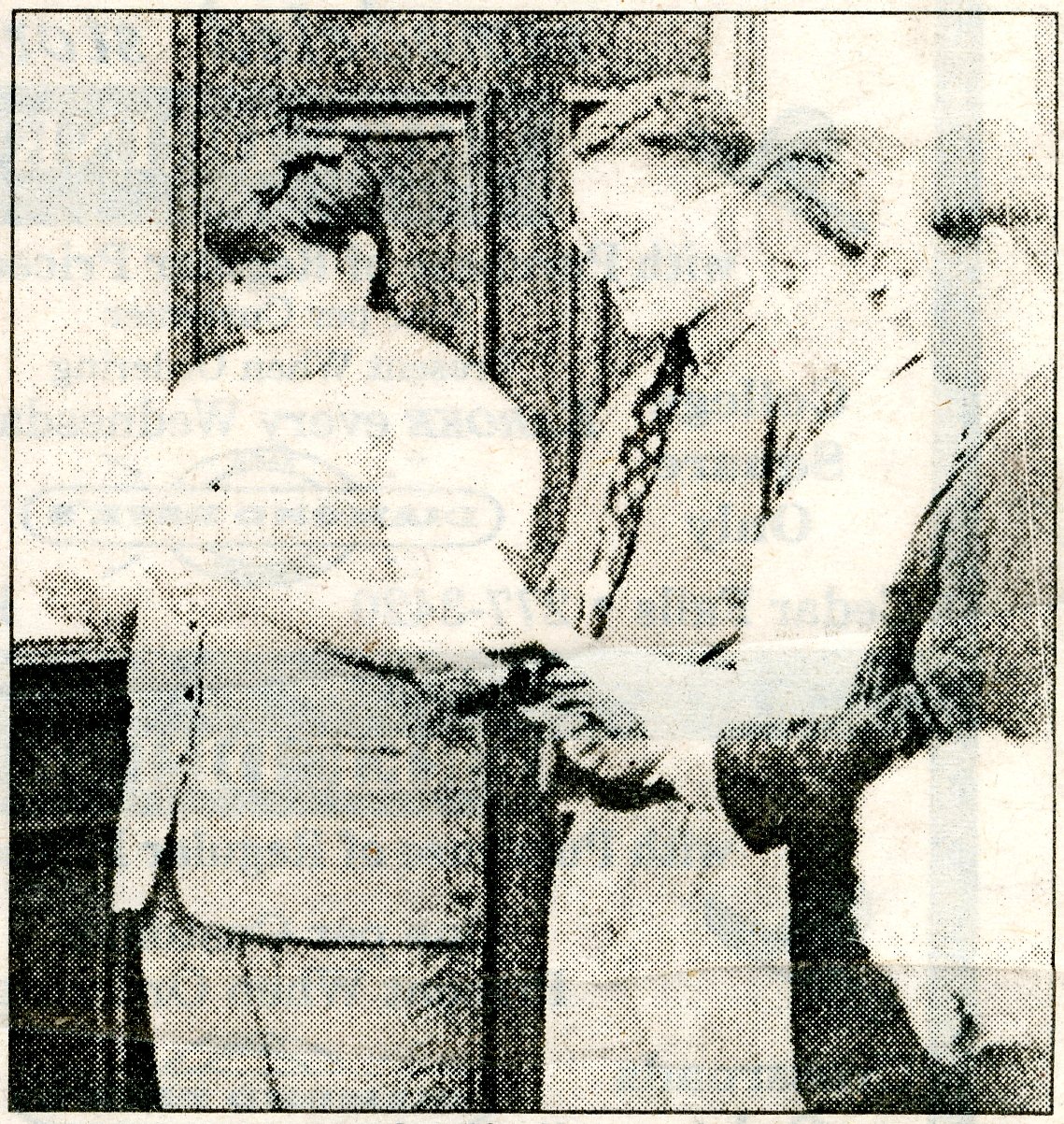
In April 1996, the Iowa Senate approved $10.1 million for Lang Hall renovation planning and construction, but the measure was not funded in that session of the General Assembly. At their July 1996 meeting the Regents made a $12.9 million renovation of Lang Hall the top capital improvement request for UNI for FY 1999, though it was only number six on the Regents’ overall capital improvement list. During the fall 1996 semester, student government funded lobbying efforts to support the Lang Hall renovation. Their efforts included a serenade of Governor Terry Branstad on the trials of attending class in the old building.
A December 13, 1996, Northern Iowan article noted that the structure of the building was sound, but detailed the flaking paint, treacherous stairs, and the outmoded electrical, HVAC, and communications systems. The article also noted that under terms of an agreement between the Regents and the Governor, money for the renovation would not appear until at least fiscal year 1999.
Lobbying efforts by student government continued during the spring 1997 semester with visits to Des Moines and presentations on campus. The efforts paid off and the 1997 session of the General Assembly approved $70 million for Regents capital improvements, including $12.9 million for Lang Hall. In July 1997, the Regents approved a project description with a $12.9 million budget for the renovation of Lang Hall. The 93,200 gross square foot project would repair deteriorated interior finishes and the building's exterior as well. It would replace obsolete mechanical and electrical systems and correct structural and fire safety deficiencies. The Department of Communication Studies would be the primary occupant of the building. The Regents also approved an $810,000 agreement with InVision Architecture of Waterloo to plan the renovation project. Director of Facilities Planning Morris Mikkelsen said that he hoped his staff could do schematic work during the fall of 1997 and have construction underway by summer 1998.
However, planning for the project did not go smoothly. Early plans called for most of the auditorium space to be remodeled to accommodate television and radio production facilities. University planners thought that the new Gallagher-Bluedorn Performing Arts Center could accommodate most of the needs for open auditorium space formerly provided by the Lang Hall Auditorium but some students were not sure that that would be the case. They believed that student groups such as Orchesis, Brothers and Sisters in Christ (BASIC), and the Folk Dancers might experience difficulty in reserving space in the new Performing Arts Center. With the time drawing near for final renovation plans to be made, student government circulated petitions asking that administrators re-consider their plans to use the auditorium for purposes other than as a general assembly hall.
By mid-September 1997, those who were circulating the petitions reported an overwhelmingly positive response to saving the auditorium. In December 1997, UNI officials made their case before the Regents that the university needed the auditorium space for other purposes. President Koob said that getting rid of the auditorium could provide " . . . facilities for the university to move forward in the area of creating multimedia presentations and instructional materials, and provide the Department of Communication Studies the capability to look to course offerings for the future . . . . ". Professor Scott Cawelti responded in the Northern Iowan with what he admitted was an emotional appeal. As a long-time member of the UNI community, he recalled the extraordinary speakers and performers who had appeared on the auditorium stage: Martin Luther King, Jr., Van Cliburn, Helen Hayes, Jessica Tandy, Simon Estes, Odetta, Kurt Vonnegut, Maya Angelou, and many others. He noted the performances staged there by campus drama legends Stan Wood, Hazel Strayer, and Bertha Martin. He supported a reported compromise plan which would preserve most of the auditorium space as a performance and large meeting area.
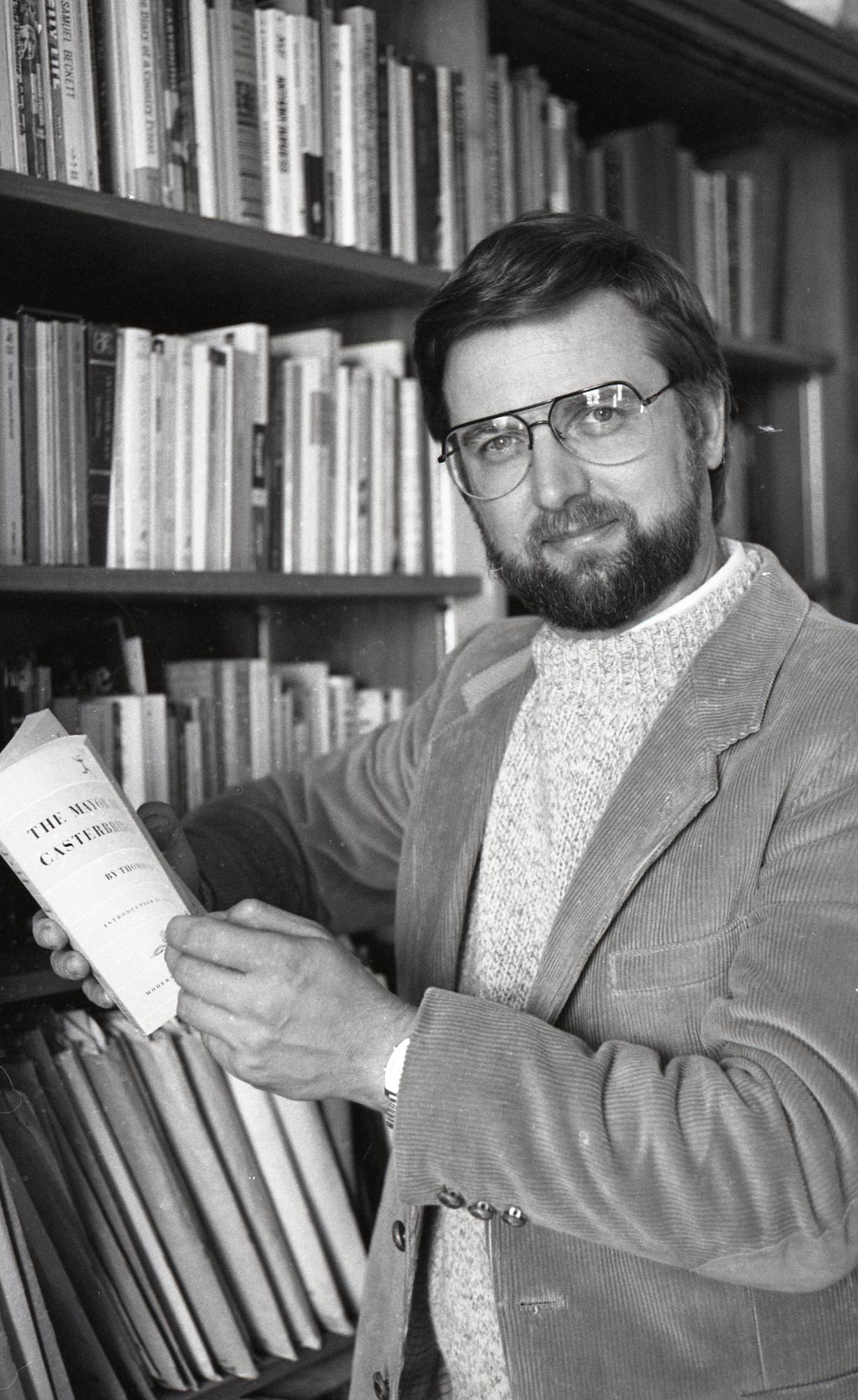
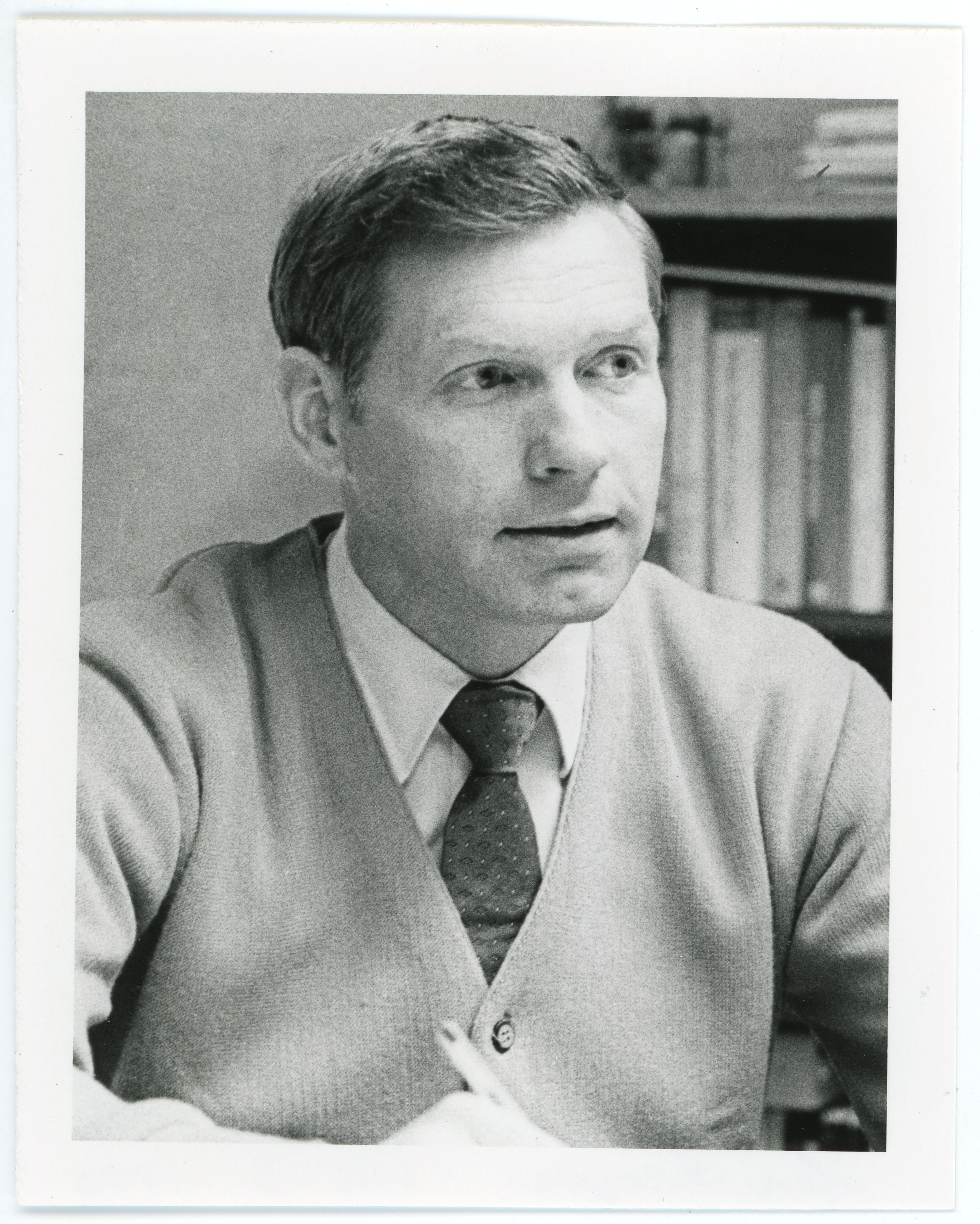
In January 1998, the Regents deferred action on the schematic plans while consideration of plans for the auditorium continued. An editorial in the Northern Iowan advocated building an addition to the Communication Arts Center; under that option, the auditorium could be saved, and students could get the educational space they needed. At the end of January 1998, Northern Iowa Student Government debated the matter: should the auditorium space be eliminated in favor of space for the Interpreters Theater and television production areas, or should the auditorium seating area be retained and the stage area be modified for instructional space? NISG voted against retaining the auditorium in its existing form.
On February 2, 1998, the Facilities Planning Advisory Committee decided to support the plan eliminating the auditorium in favor of space for the Interpreters Theater and media production. On February 9, the Faculty Senate also voted in favor of this option. Additionally, in early February several people countered Cawelti's appeal to save the auditorium. They stated that current student needs for instructional space should outweigh the appeal of nostalgic reveries and noted that the Department of Communication Studies had to cap its enrollment for years because its facilities could not accommodate the numbers of students who wanted to enter the electronic media area of study.
On February 18, 1998, the Regents voted in favor of a curiously modified plan: UNI was to keep the auditorium space and provide adequate space for Communication Studies. This meant that there would need to be some sort of addition to Lang Hall, possibly costing as much as $600,000. However, the Regents were not going to provide any more money than the $12.9 million already allocated to the project budget. Where would the money come from: re-allocation within the existing budget, fundraising, or student fees? A certain amount of bitterness arose from this Regents decision. Some students perceived that nostalgic alumni had driven the decision to save the auditorium; since this was the case, these students reasoned, then let the alumni pay for the modified plans. Professor Len Froyen, Class of 1957, responded that alumni did indeed support a variety of university programs; if alumni were to be accused of anything, he said, it would be loyalty to the university. University administrators decided to use $540,000 in student fees to cover the shortfall, with plans to replace that money with future fundraising. With funding in place, the university hoped to take bids and start construction in summer 1998.
Froyen was instrumental in founding the Lang Society during this time as part of a UNI Foundation effort to raise $500,000 for the Lang Hall project. He described the group as "a collection of people who want to somehow consolidate, preserve and enhance where this institution has been and where it is going." The group targeted social science graduates from 1950 through 1970, as well as emeritus faculty who had taught with Professor Lang. From the emeritus group, Professor Willis Wagner contributed $84,000 to the project. The Class of 1950 contributed $57,000.
Because their interim facilities in the East Gym were not ready, electronic media classes continued to be held in Lang Hall through early October 1998. Other classes were moved to other buildings, including the West Gym. On January 20, 1999, the Regents awarded the general contract for Lang Hall renovations to Larson Construction of Independence. The project was budgeted at $13.5 million. Demolition and construction got under way shortly thereafter, with a scheduled completion date at the beginning of the spring 2001 semester. Initial demolition of old interior features and the old Crossroads took place in spring 1999.
By the fall of 1999, Morris Mikkelsen and Professor Rick McGuire were talking about the $1.2 million allocated to furnishings and equipment. Some of that money would be spent on conventional items such as desks and chairs, but some would go toward equipping the high-tech facilities for electronic media studies. Mikkelsen reported in June 2000 that the project was still on schedule and that the spring 2001 completion date looked feasible. By November 2000 the end of construction was in sight. Equipment was scheduled to be moved into portions of the building in mid-December, though the auditorium and the electronic media and performance studies area might not be ready until the summer of 2001. Much of Lang Hall was ready for students in January 2001. Students reacted warmly: "I love it," one student said, "I love the mural on the first floor, it has nice windows, it's just a beautiful building!"
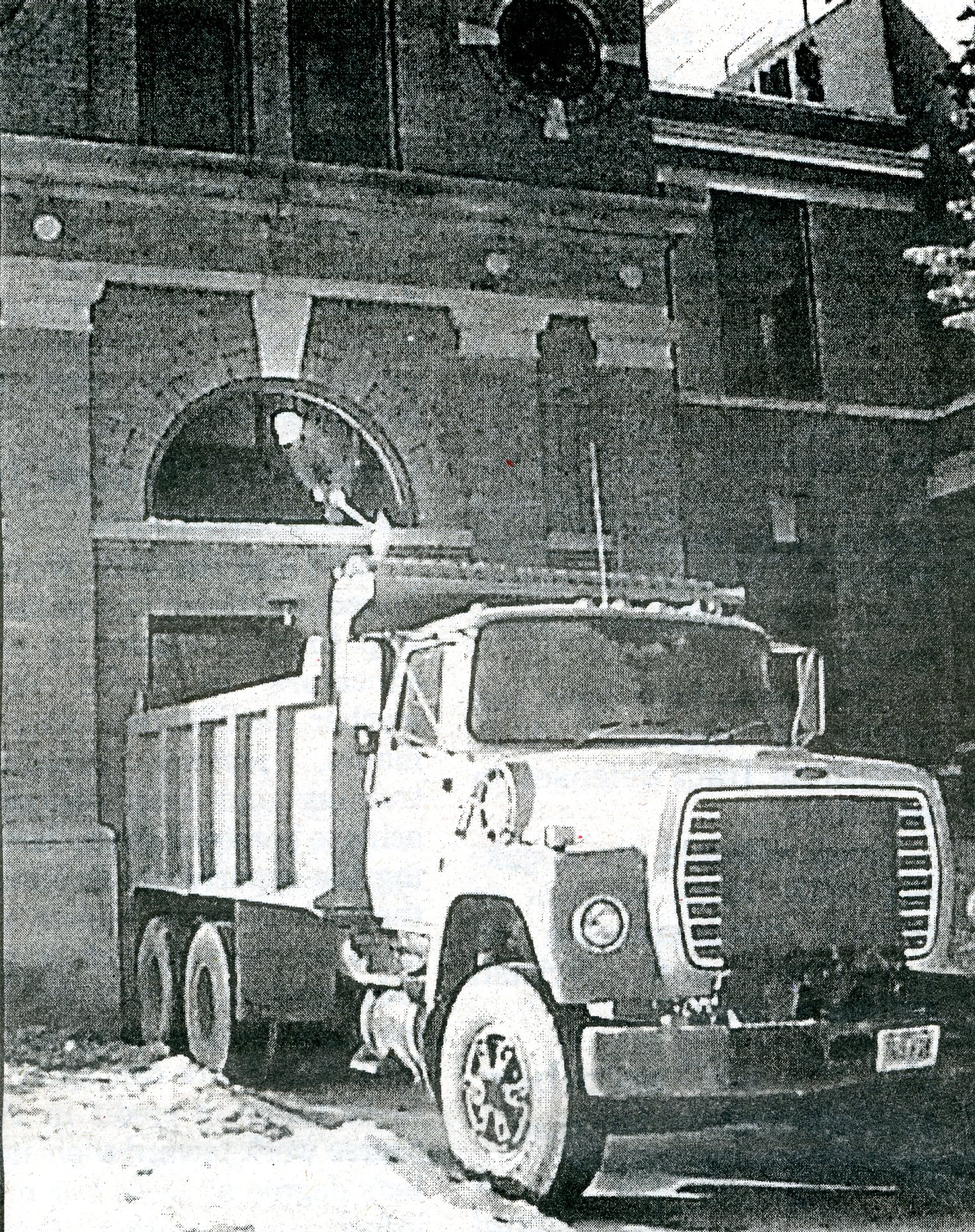
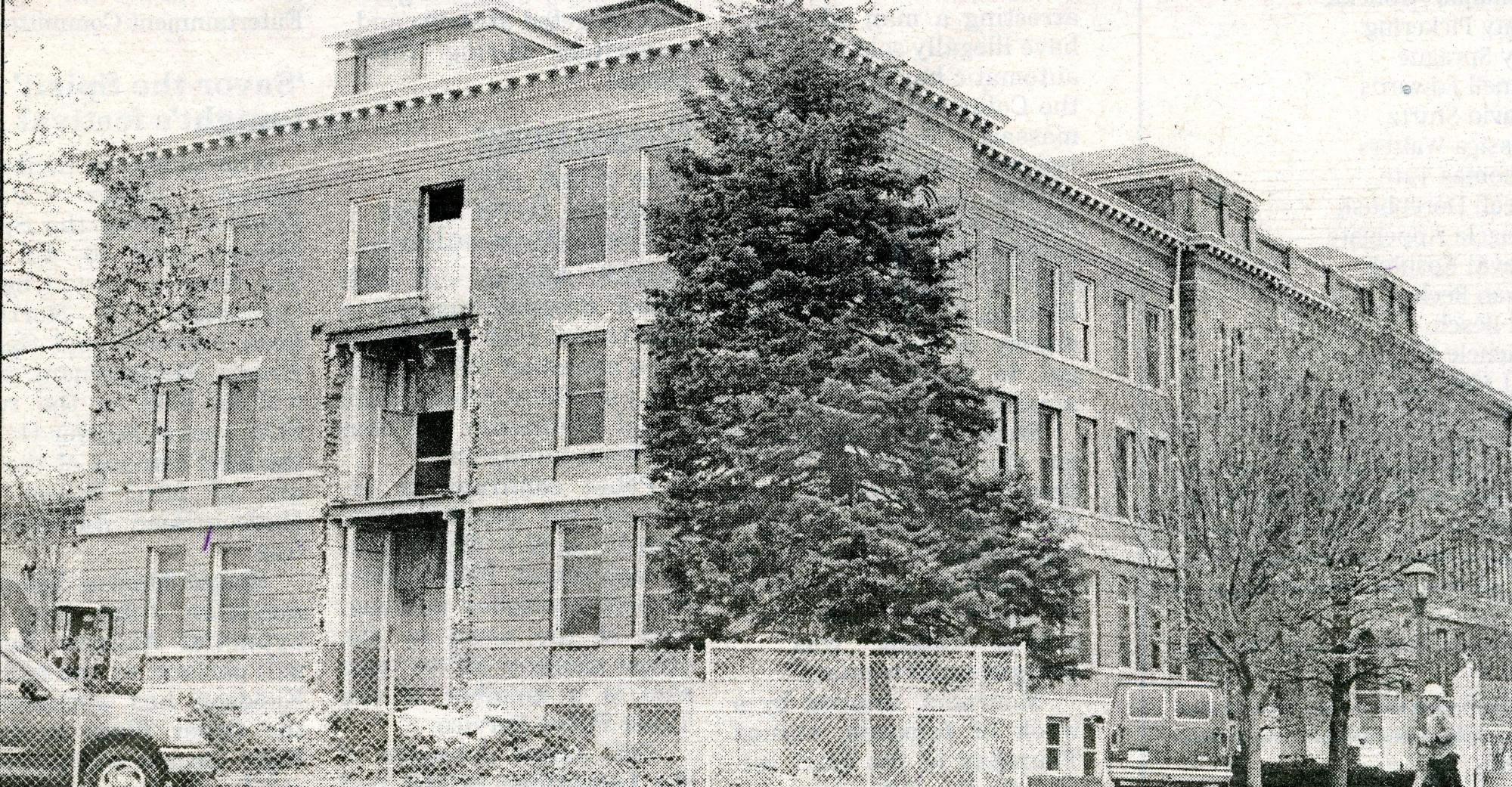
Part of the renovation project was the restoration of the bas-relief murals. Nelson Dale of Boston, Massachusetts, completed the work for $8,000. Dale stabilized the work, put a bronze-colored undercoat on the entire surface, and brought out details that had not been visible for many years. Professor Mary Frisbee Johnson, head of the UNI Department of Art, said, "It's amazing that the huge offset cracks were repaired with no disturbance of the original plaster."
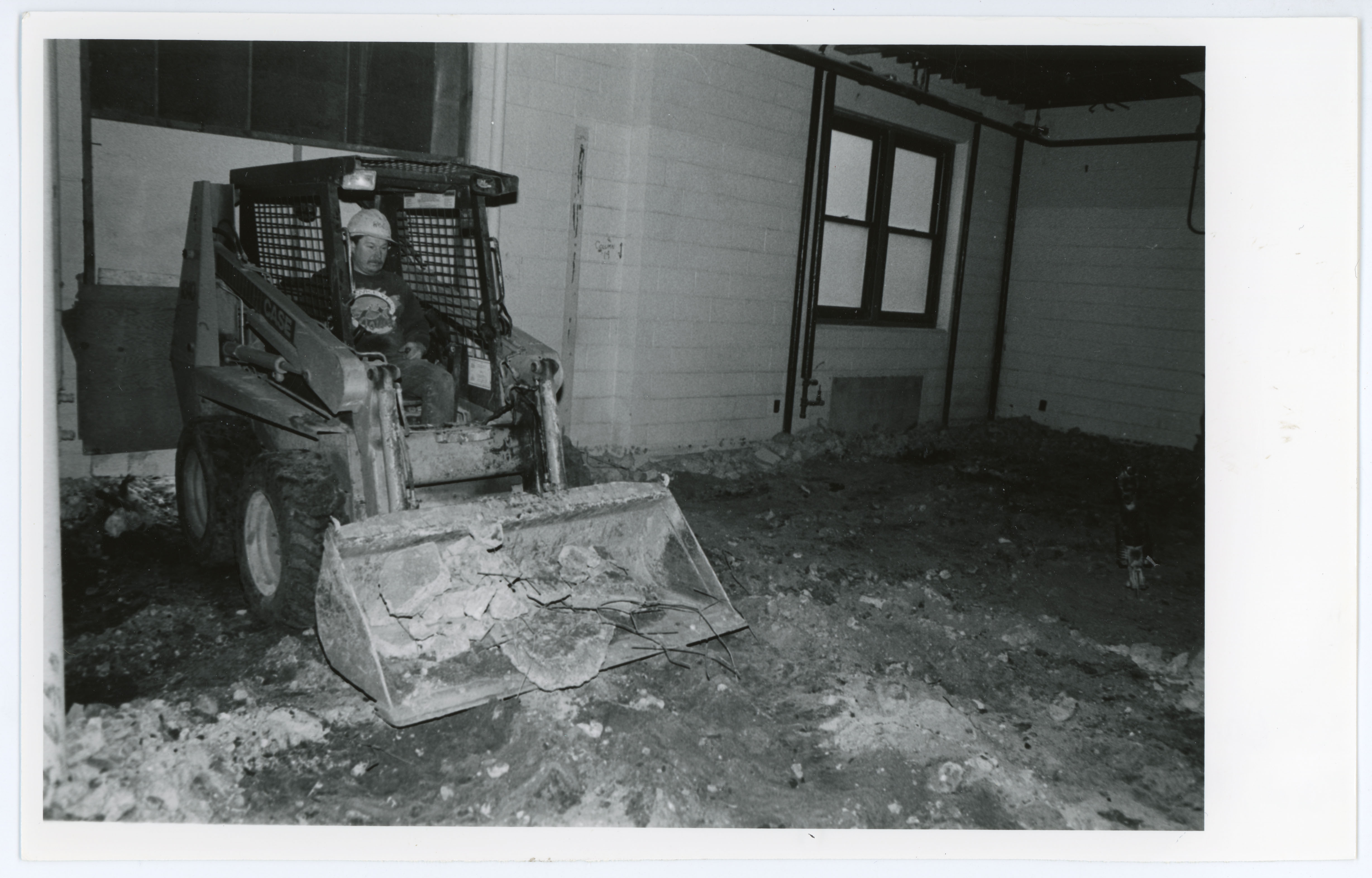
On October 12, 2001, the university held a rededication ceremony for Lang Hall. President Koob, former Presidents Maucker and Curris, Emeritus Professor Len Froyen, and former NISG President Threase A. Harms-Hassoun participated in the ceremony, which included a reception and tours of the building. The Readers Theatre presented interpretations from the history of Lang Hall.
When Lang Hall came back into use following the renovation project, the auditorium had been retained as a lecture classroom. An addition on the northwest corner included a two-story interpreters theater, a two-story television studio, a scene shop, and storage space. North and south end additions provided elevators, fire stairs, and restrooms. In addition to classrooms, the building housed the Department of Communication Studies, the Graduate College, and the Graduate Program in Public Policy.
In keeping with state law requiring one-half of one percent of public building construction budgets to be spent on art, the UNI Art and Architecture Committee recommended purchase of fifty-four works, on the theme of "Iowa Landscape by Iowa Artists", for Lang Hall. Professor Johnson of the Department of Art stated that committee members "felt that this century-old building full of wonderful oak molding, wainscoting, and high, spacious hallways, would lend itself well to two-dimensional works for its interior spaces." The work was installed in December 2001 and January 2002. The artists were honored in a ceremony on April 12, 2002.
Compiled by Library Assistant Susan Witthoft and Student Assistant Jennifer Grant; edited by University Archivist Gerald L. Peterson, July 1996; substantially revised by Gerald L. Peterson, with research assistance by Student Assistant Janelle Iseminger and scanning by Library Assistant Gail Briddle, April 2003; last updated November 8, 2011 (GP); photos and citations updated by Graduate Assistant Eliza Mussmann, September 14, 2022; content edited by Graduate Intern Marcea Seible, April 2025.
